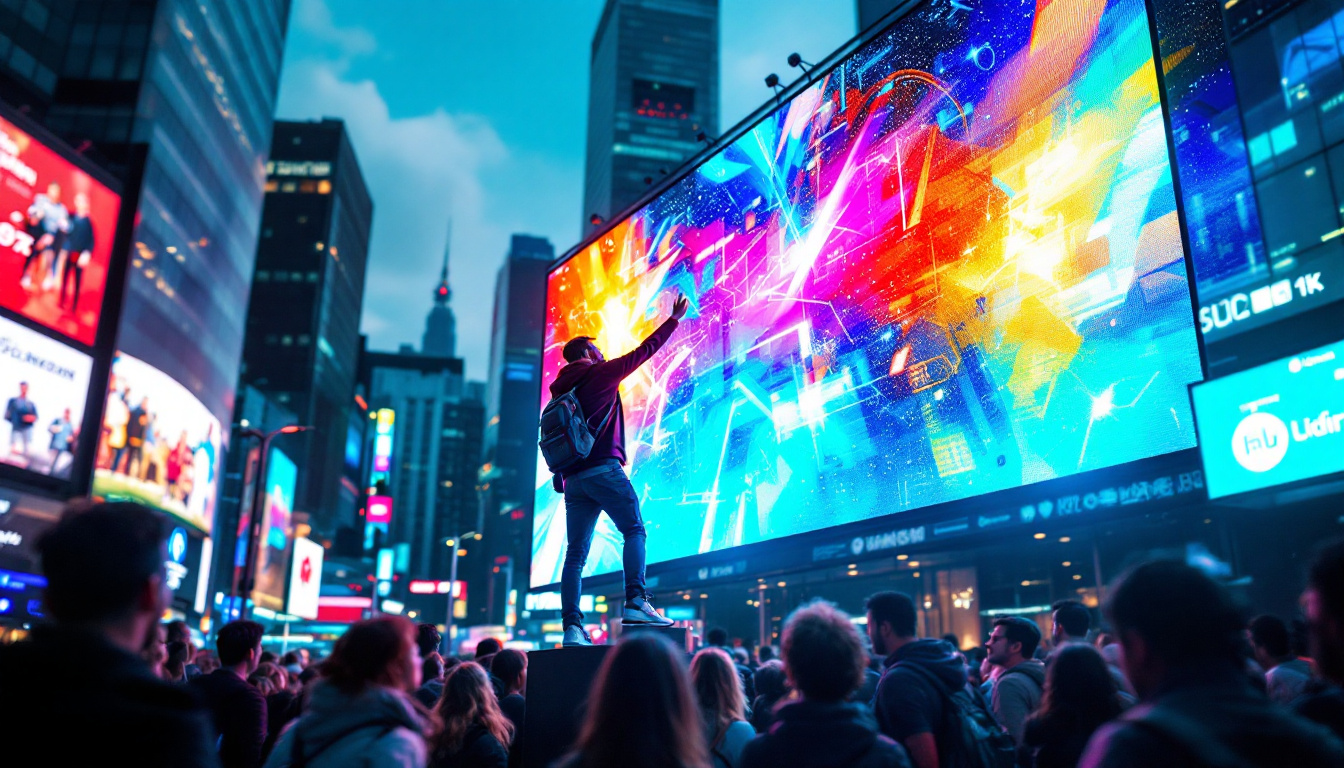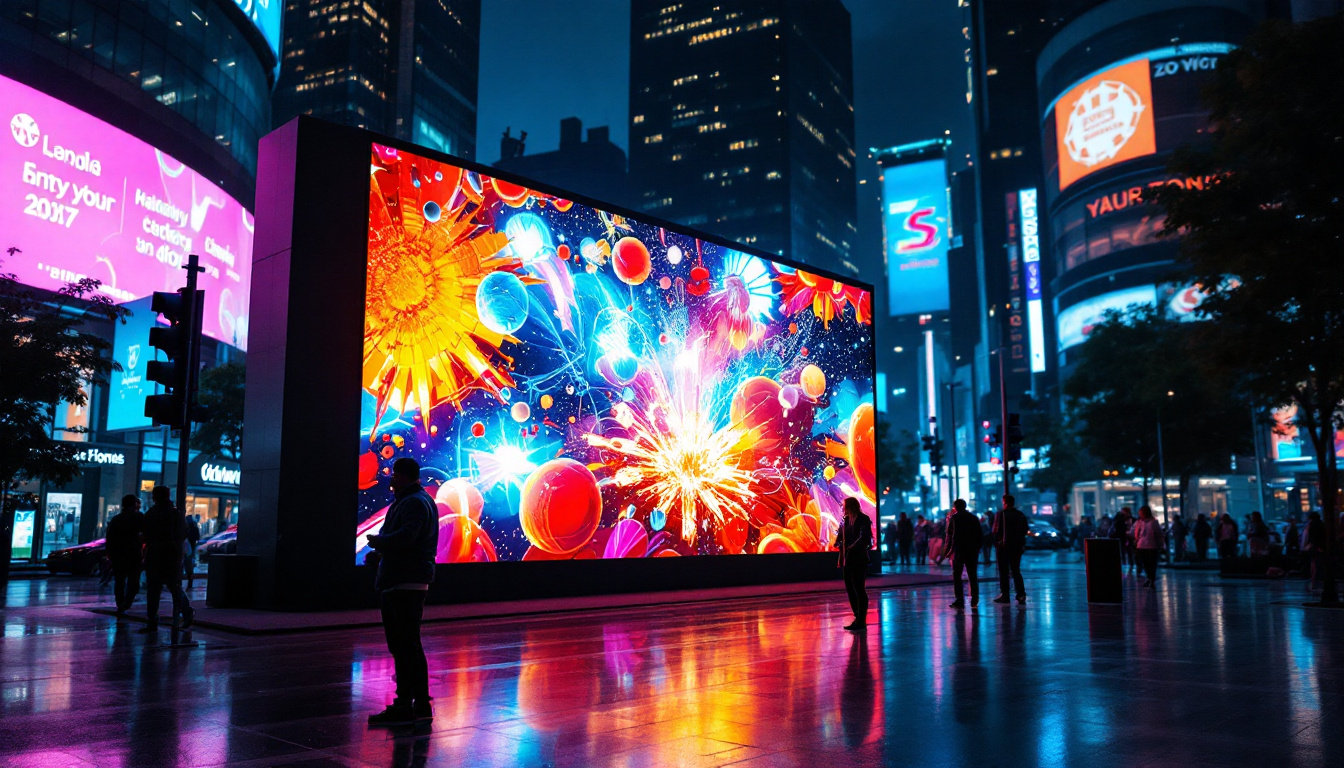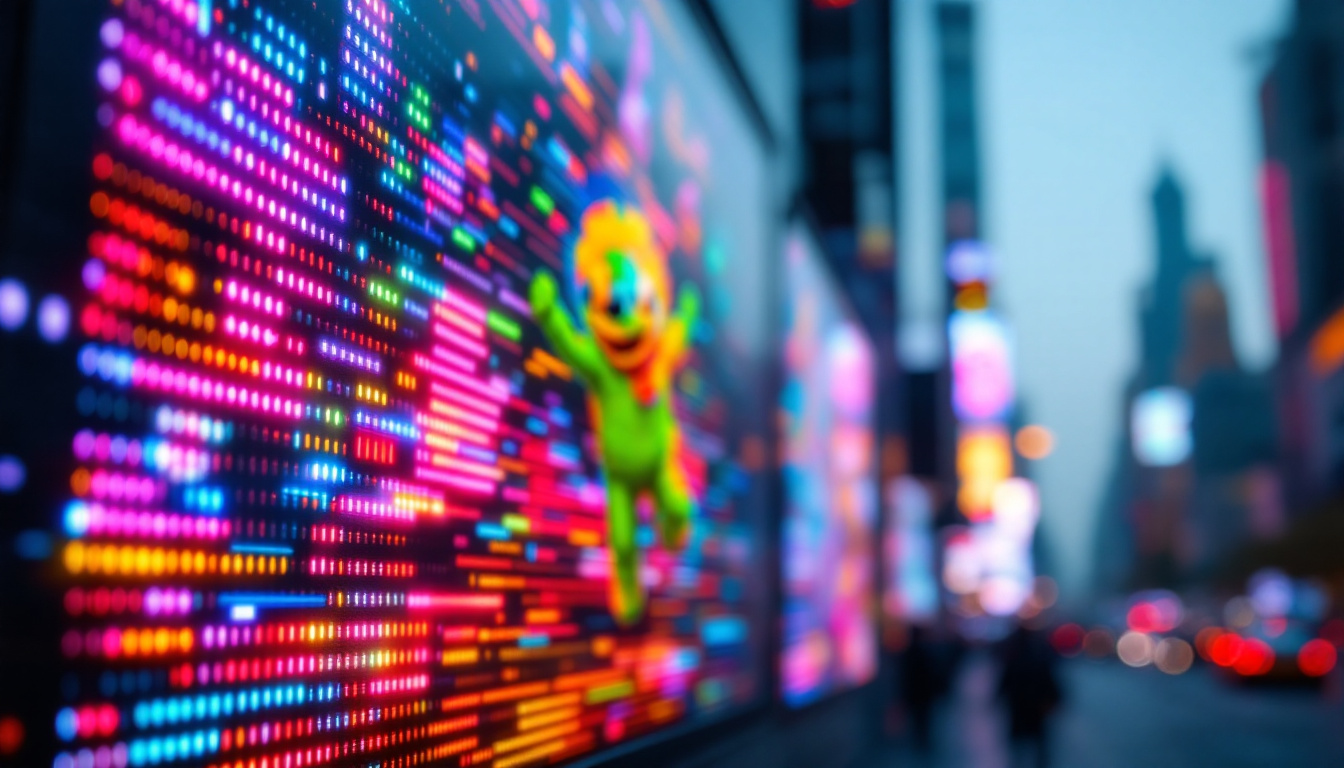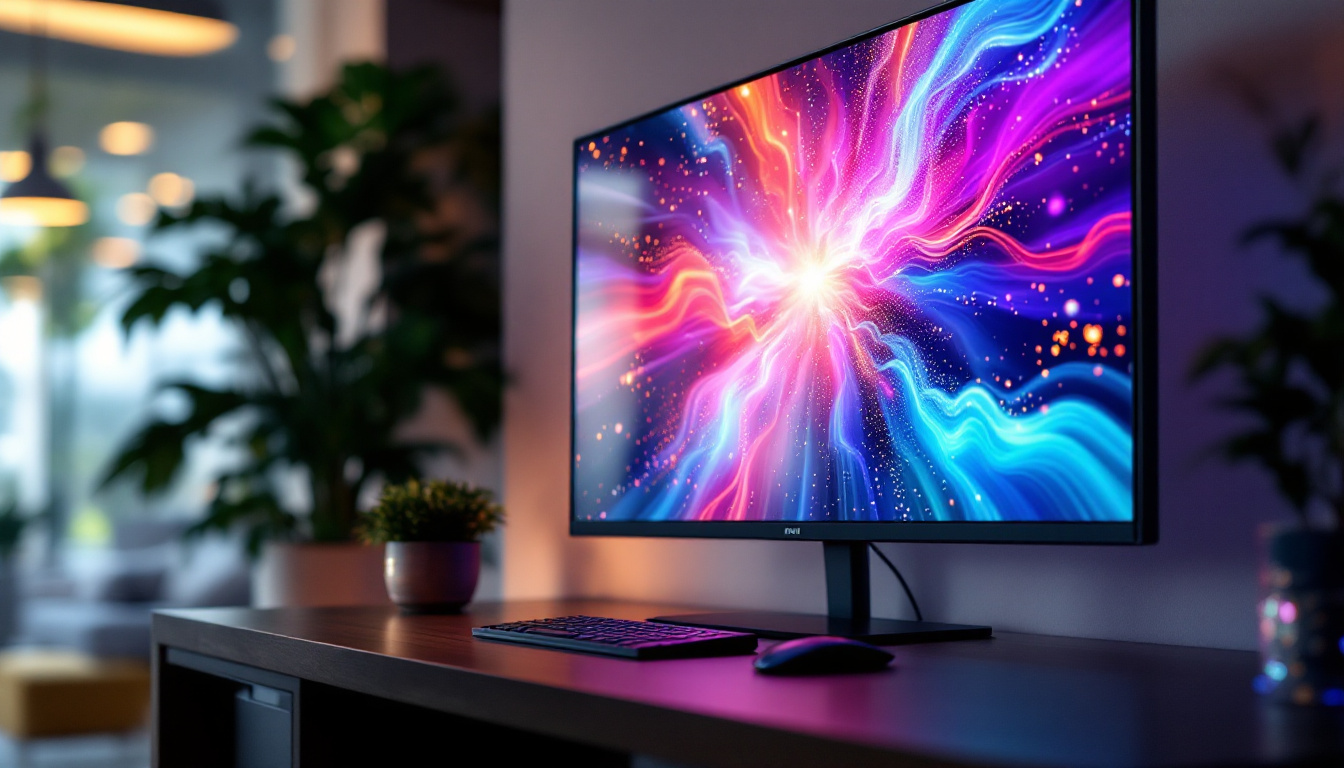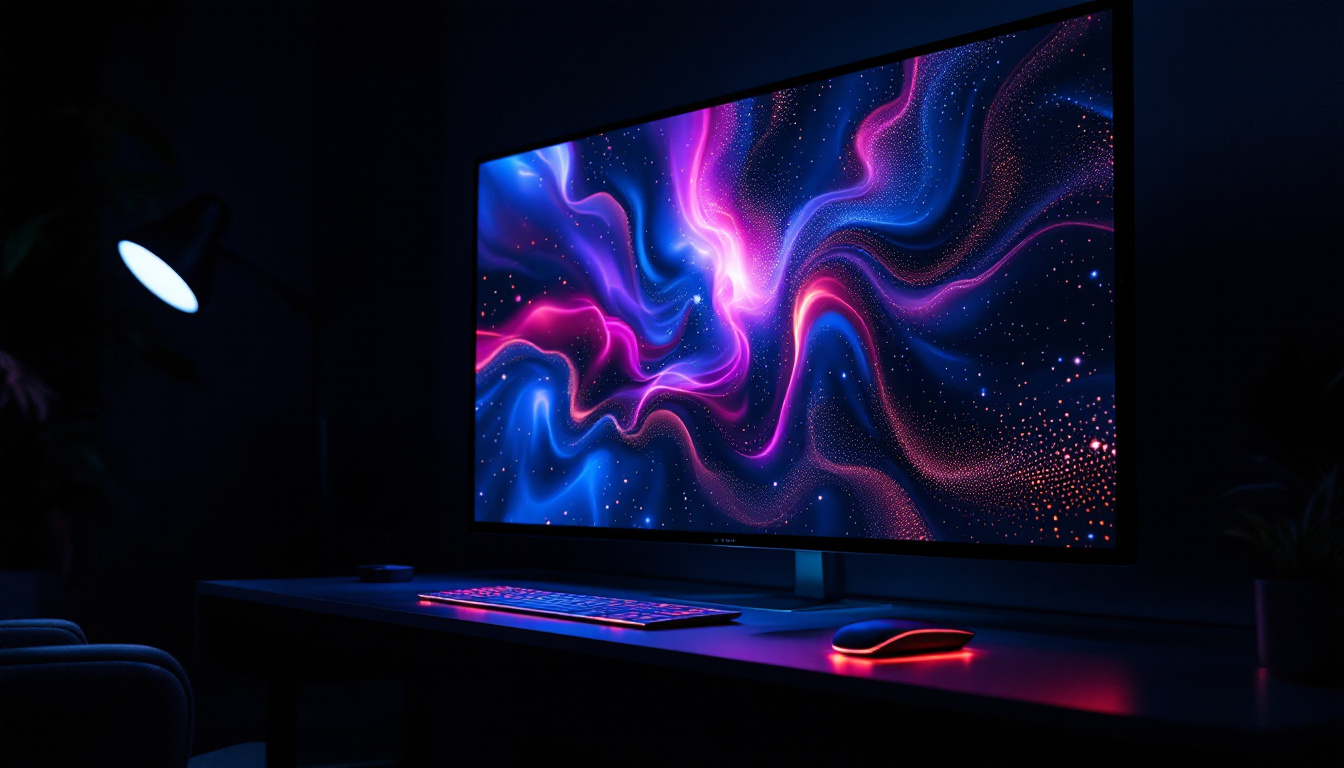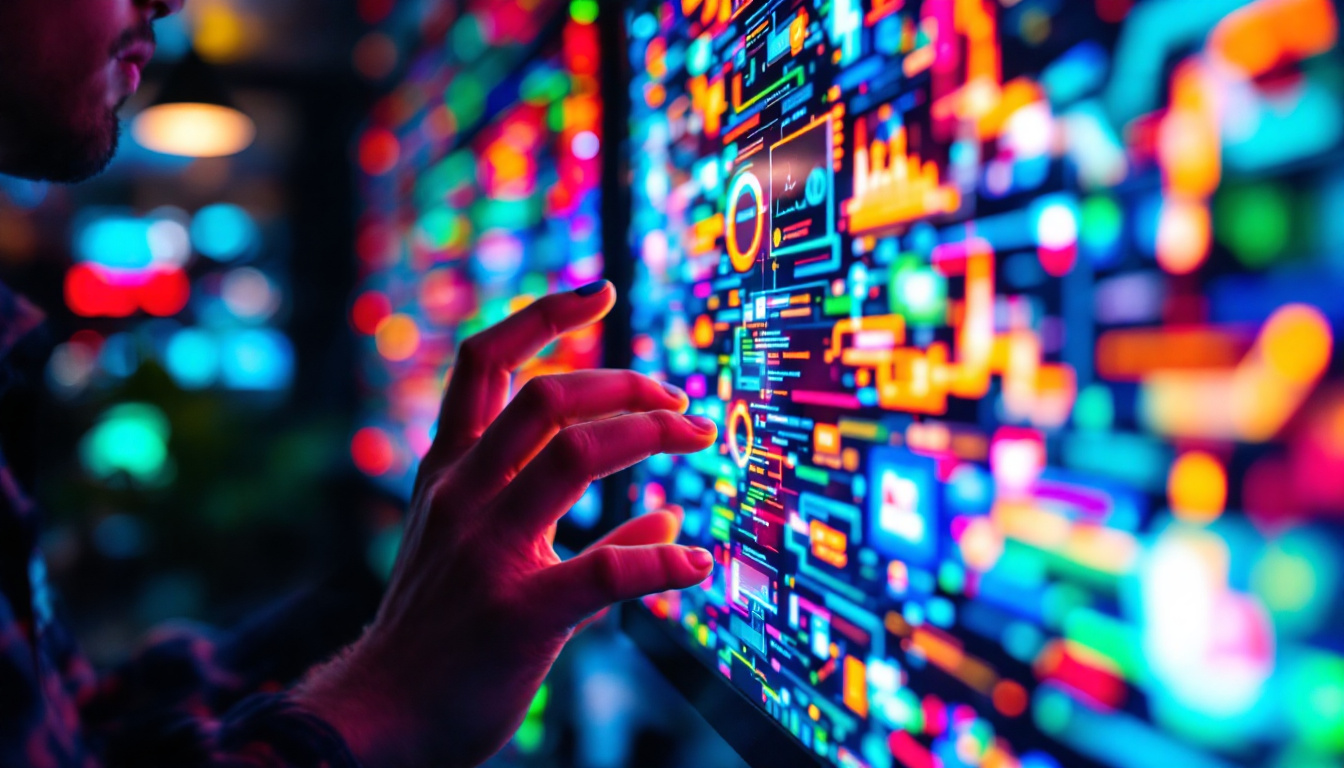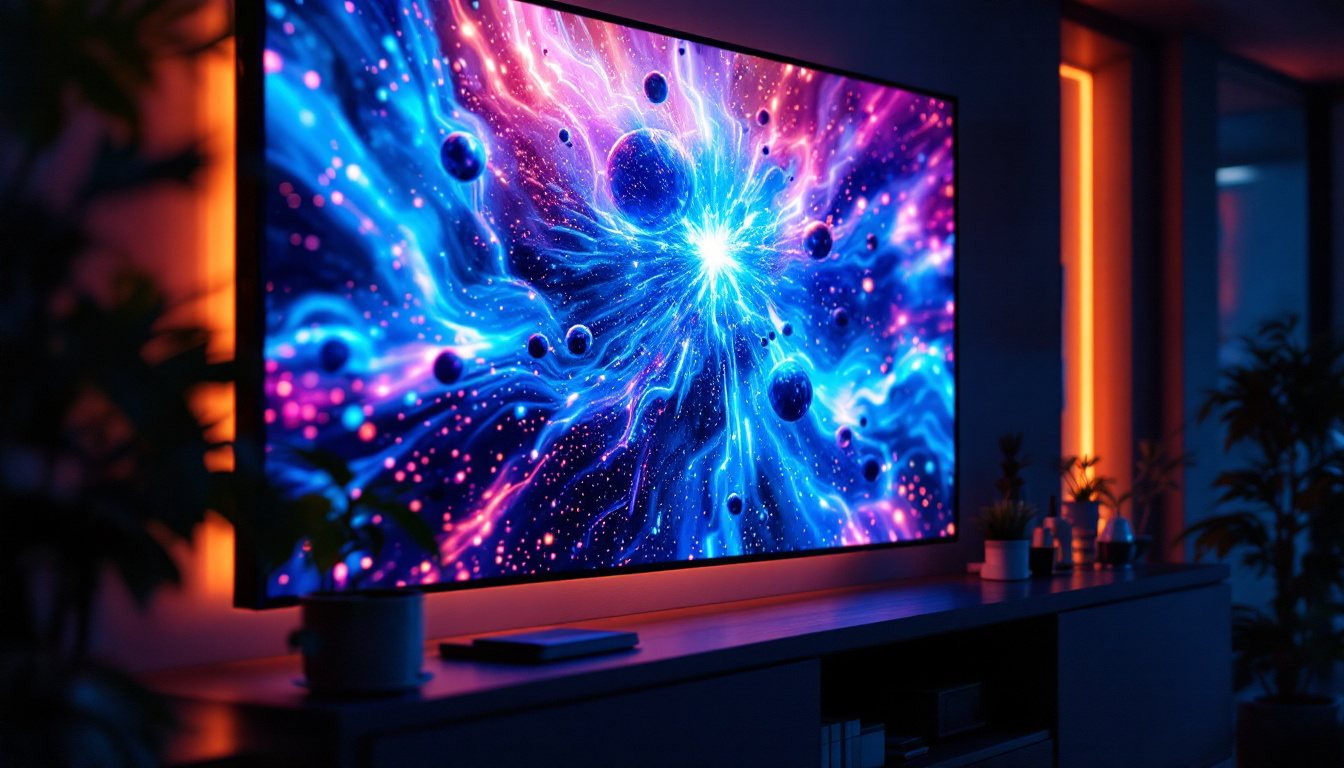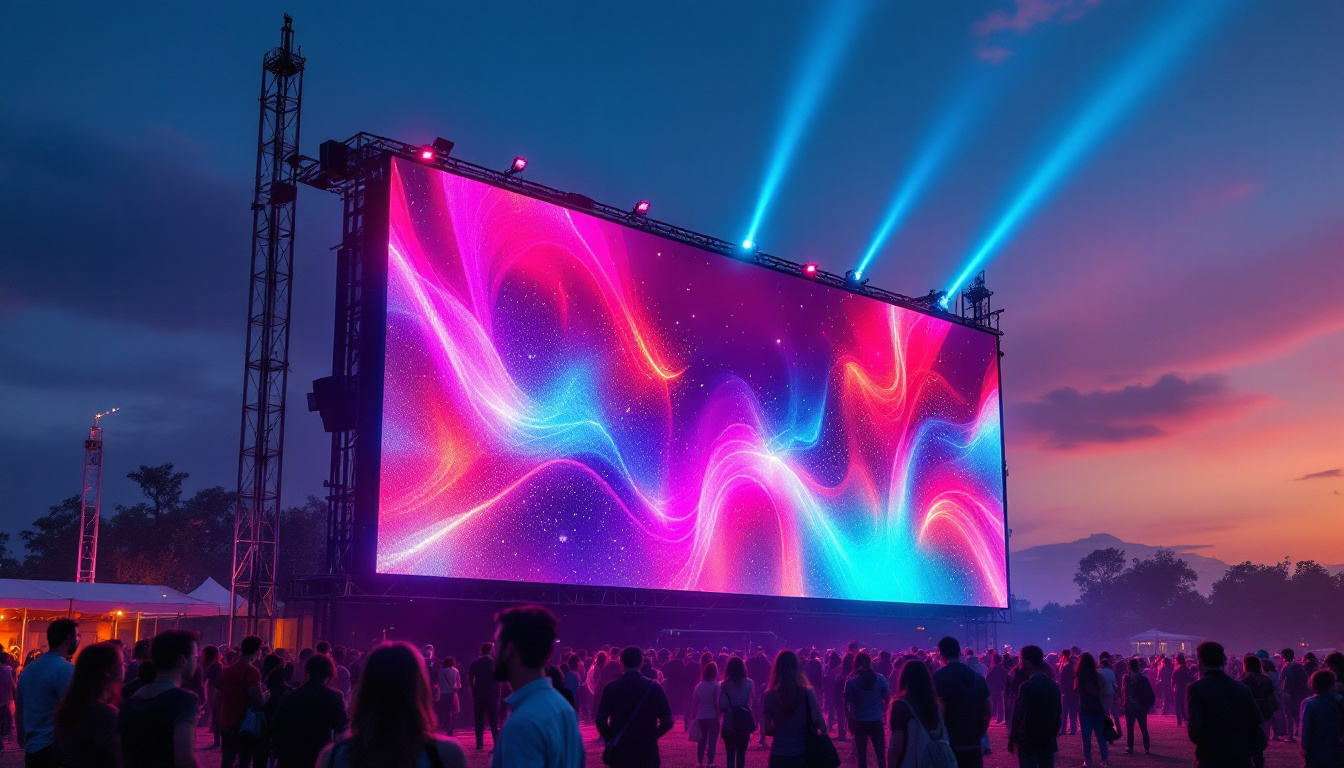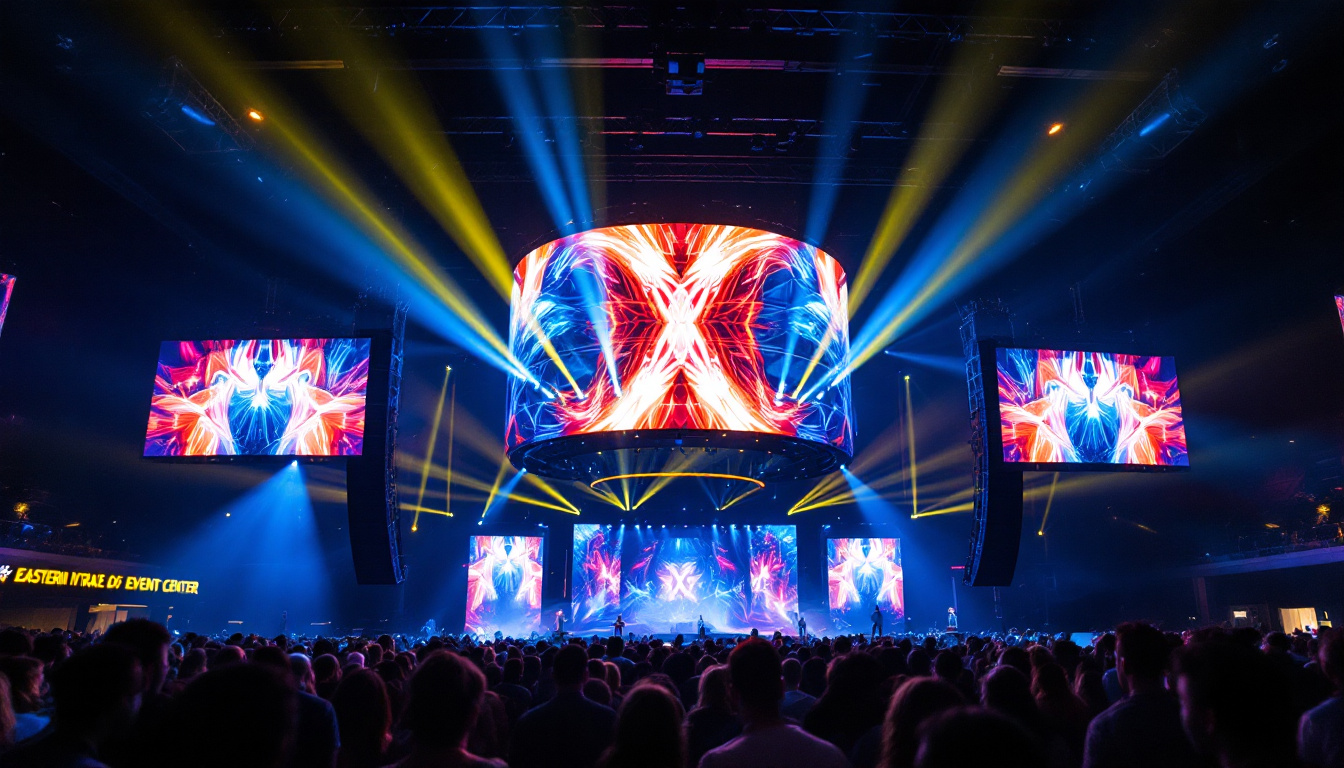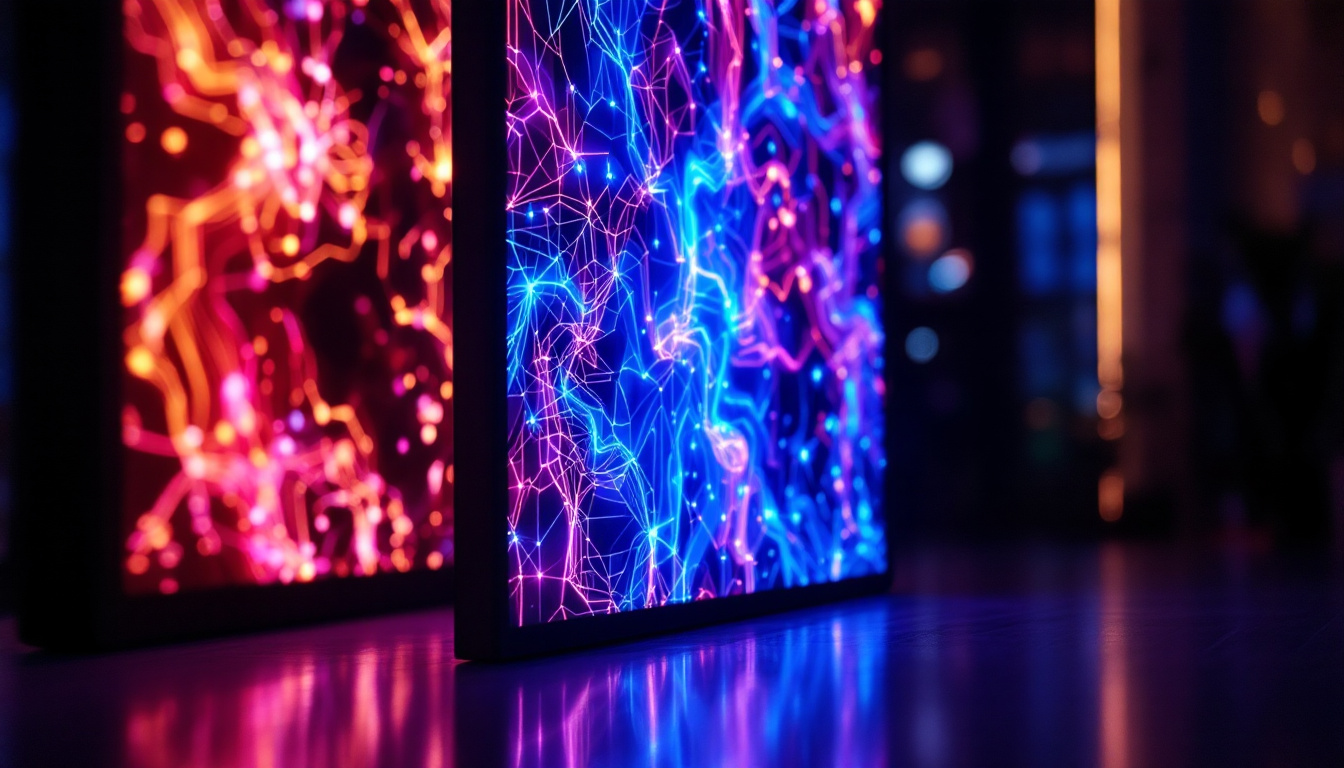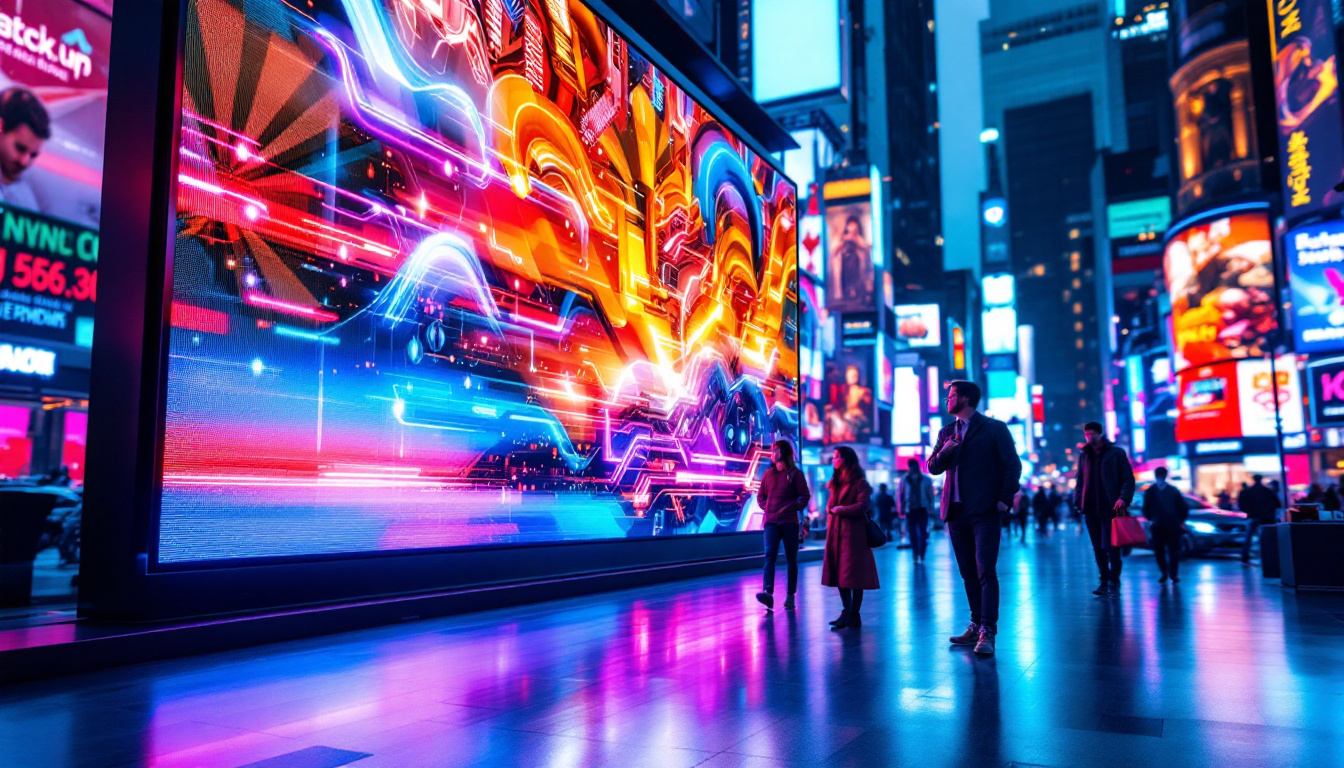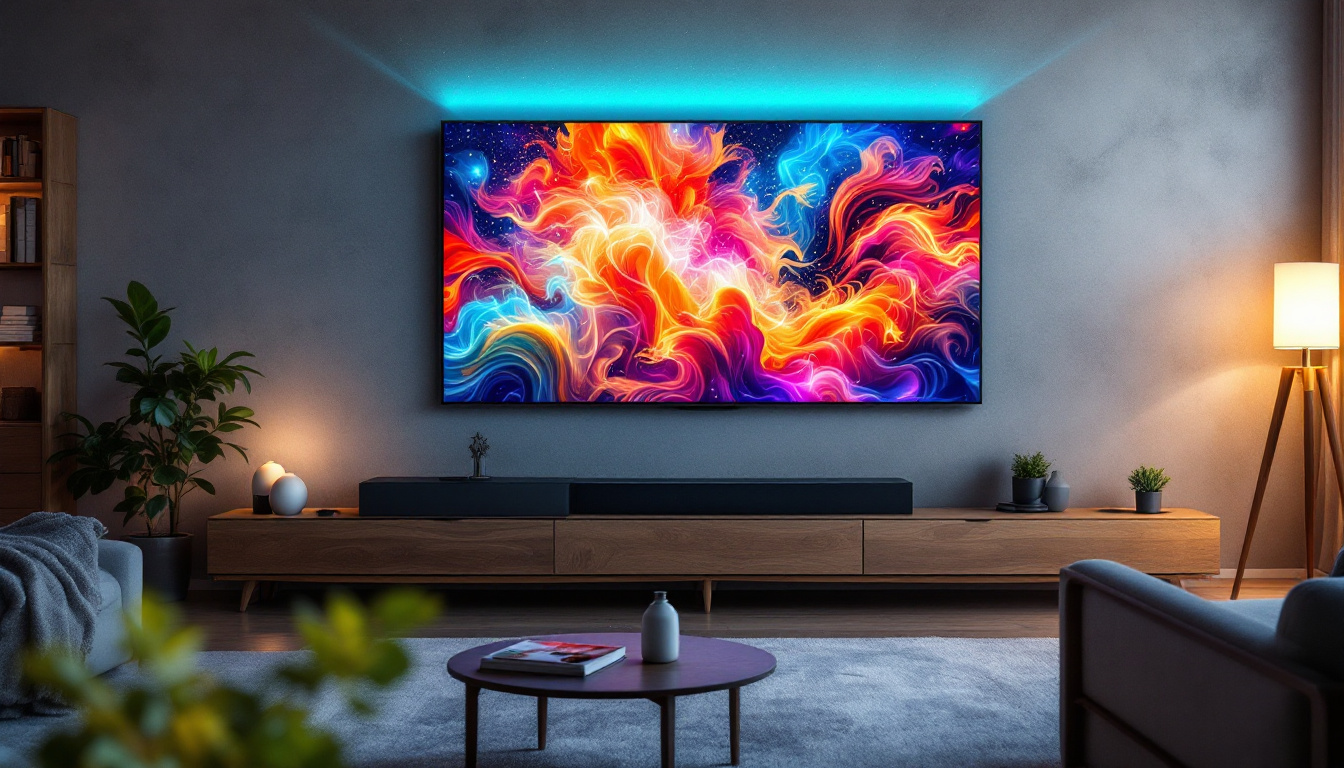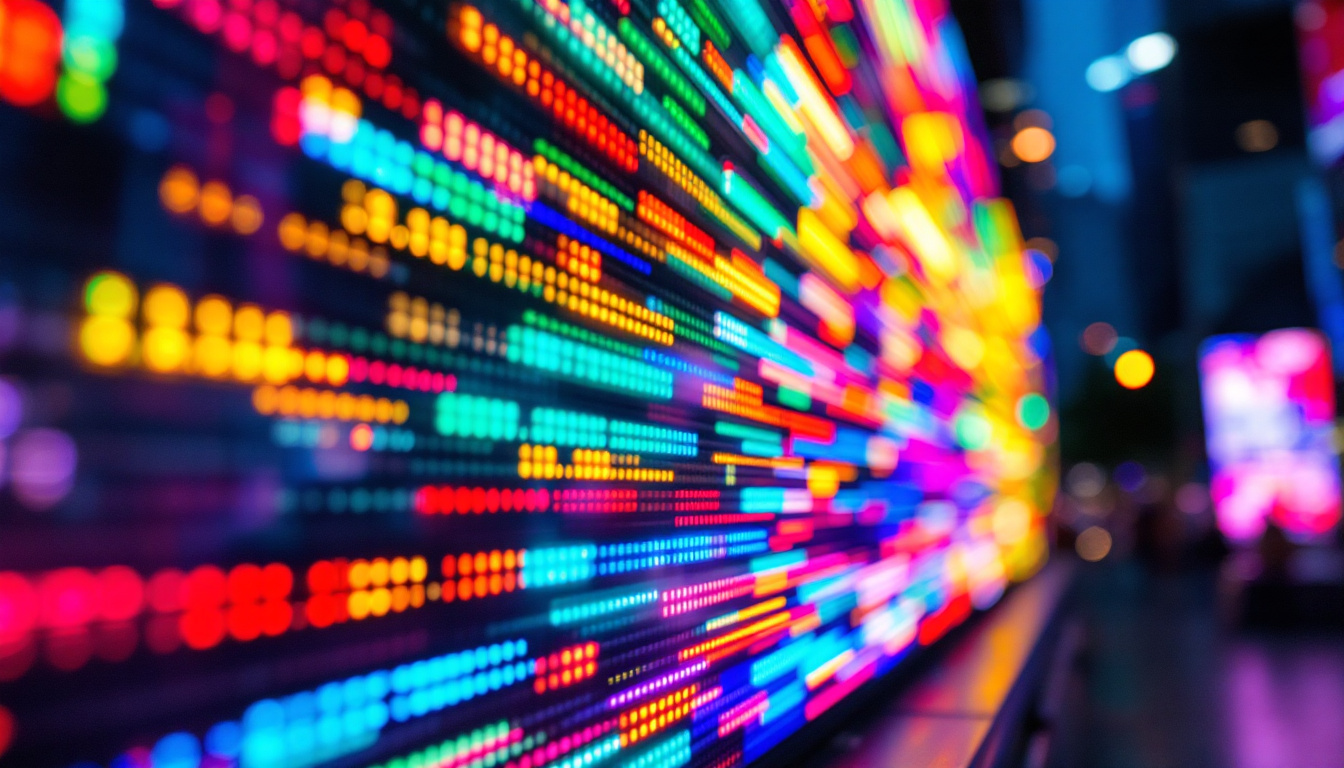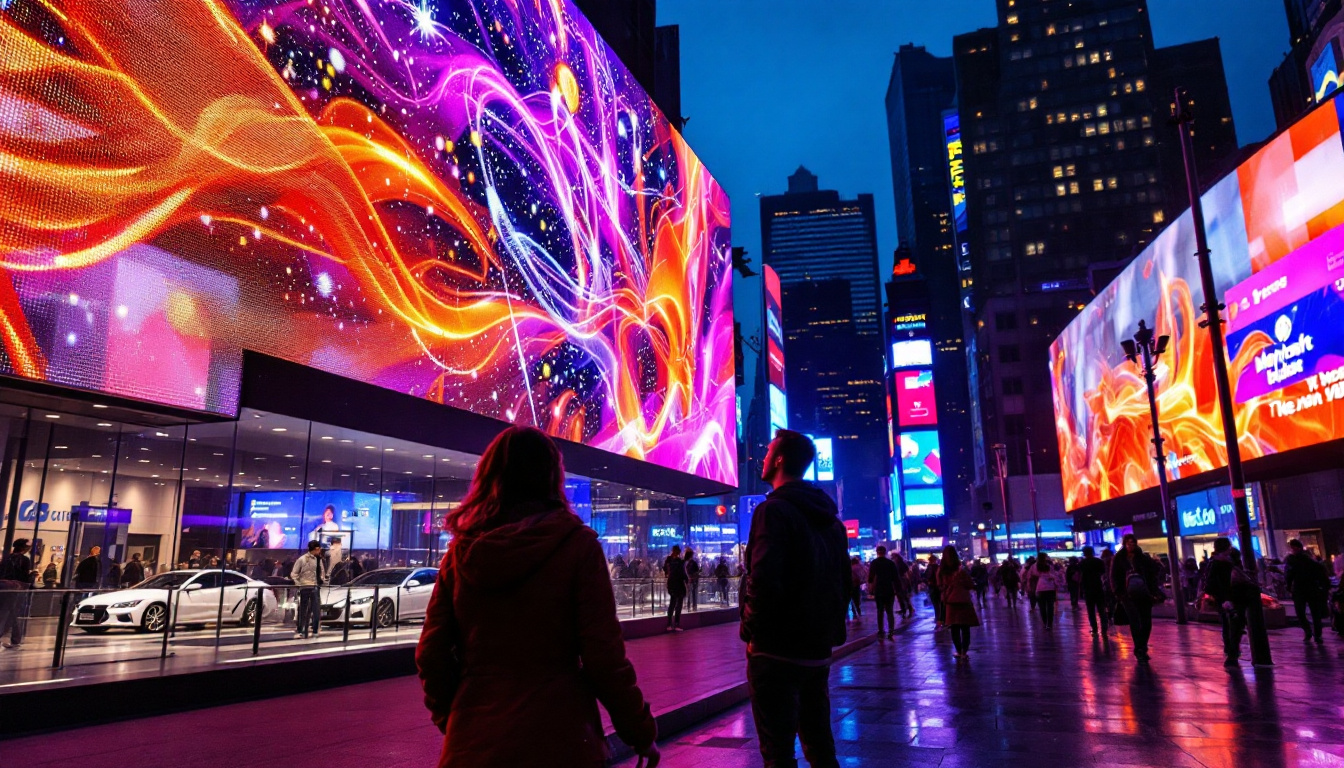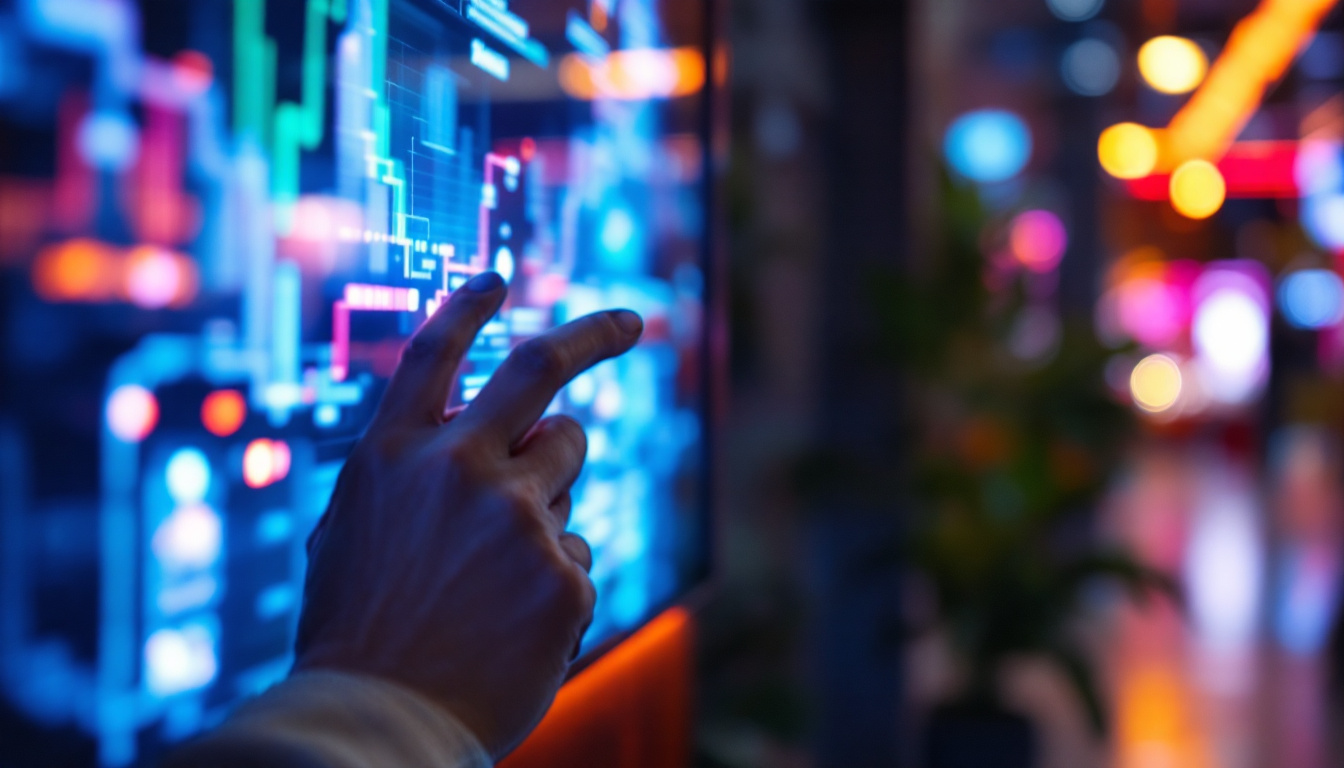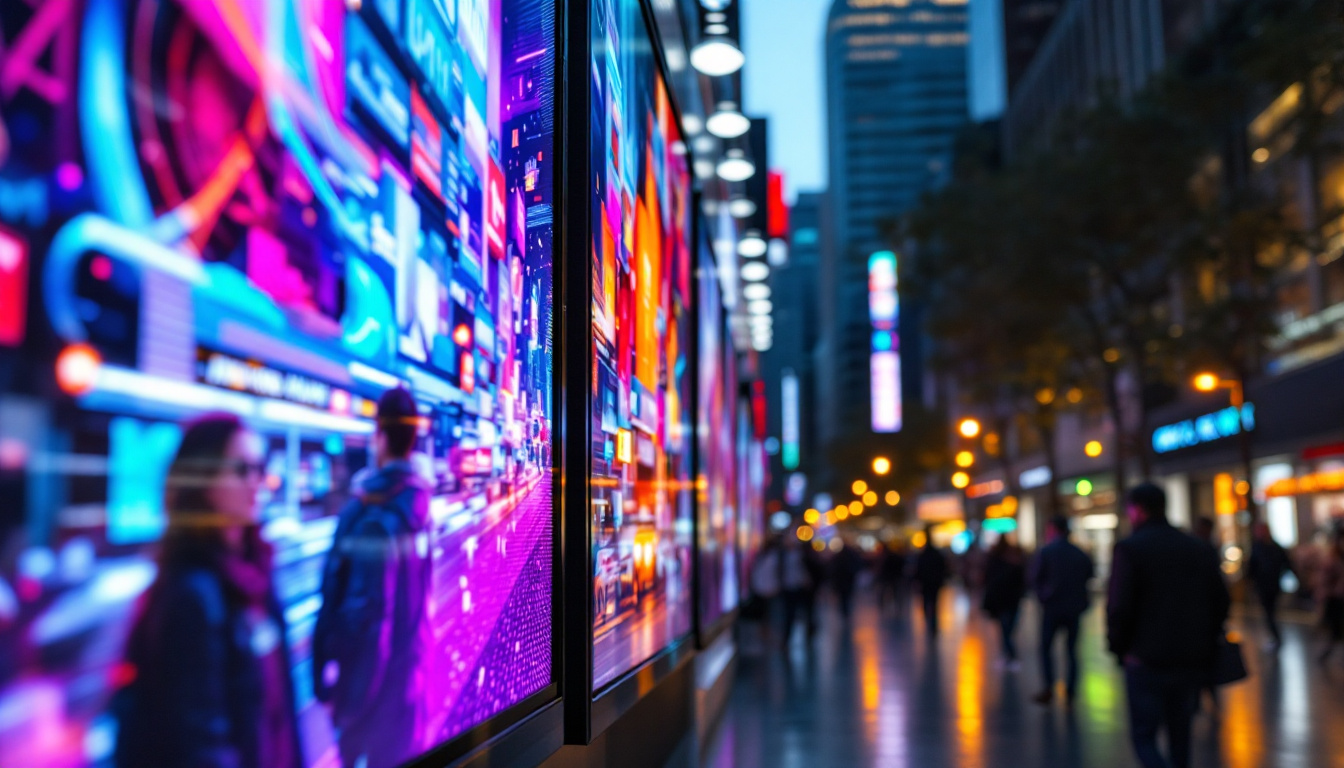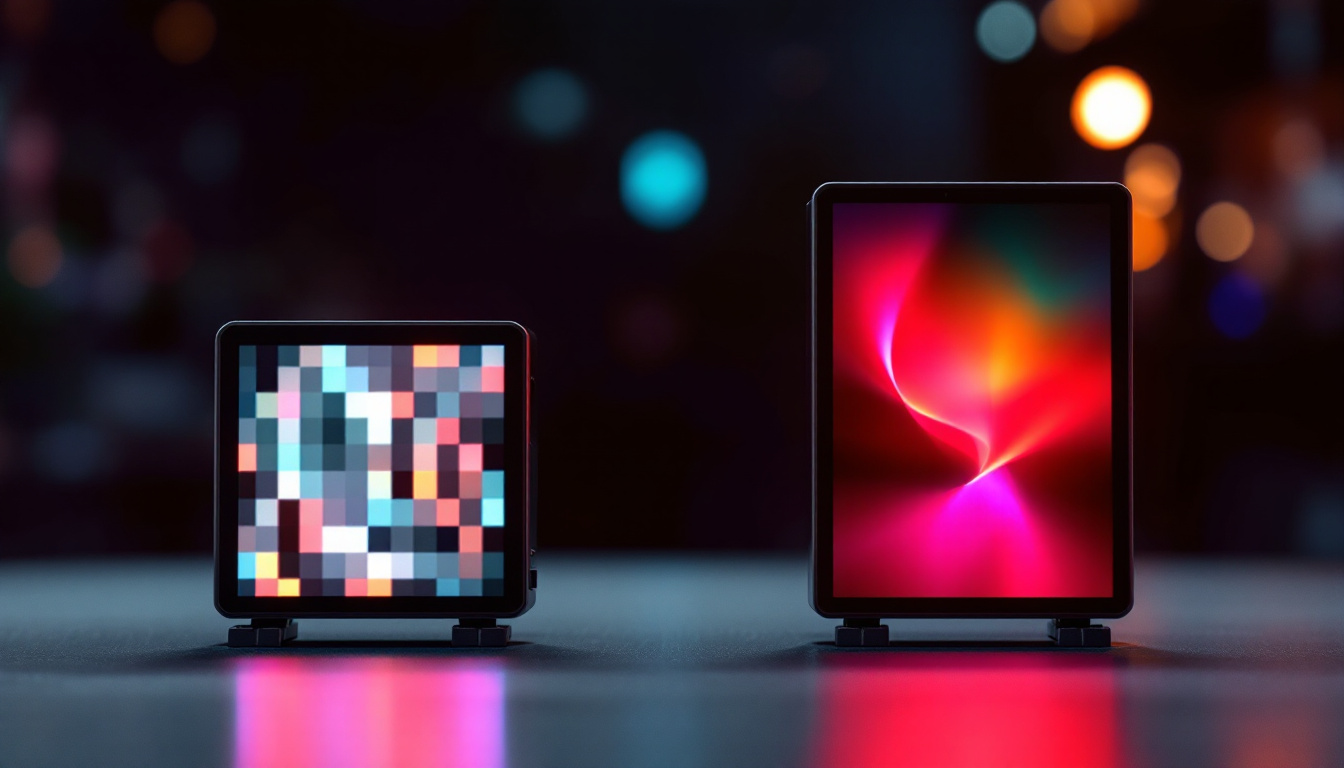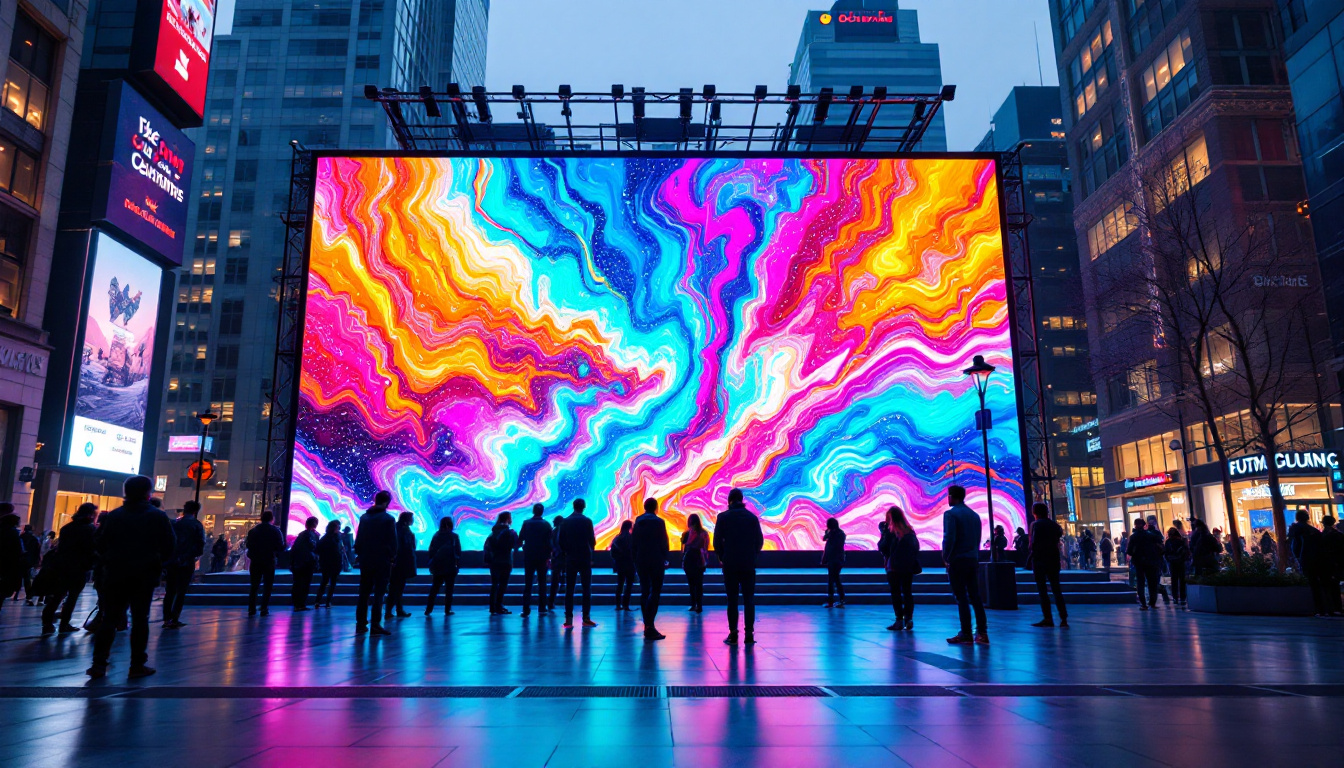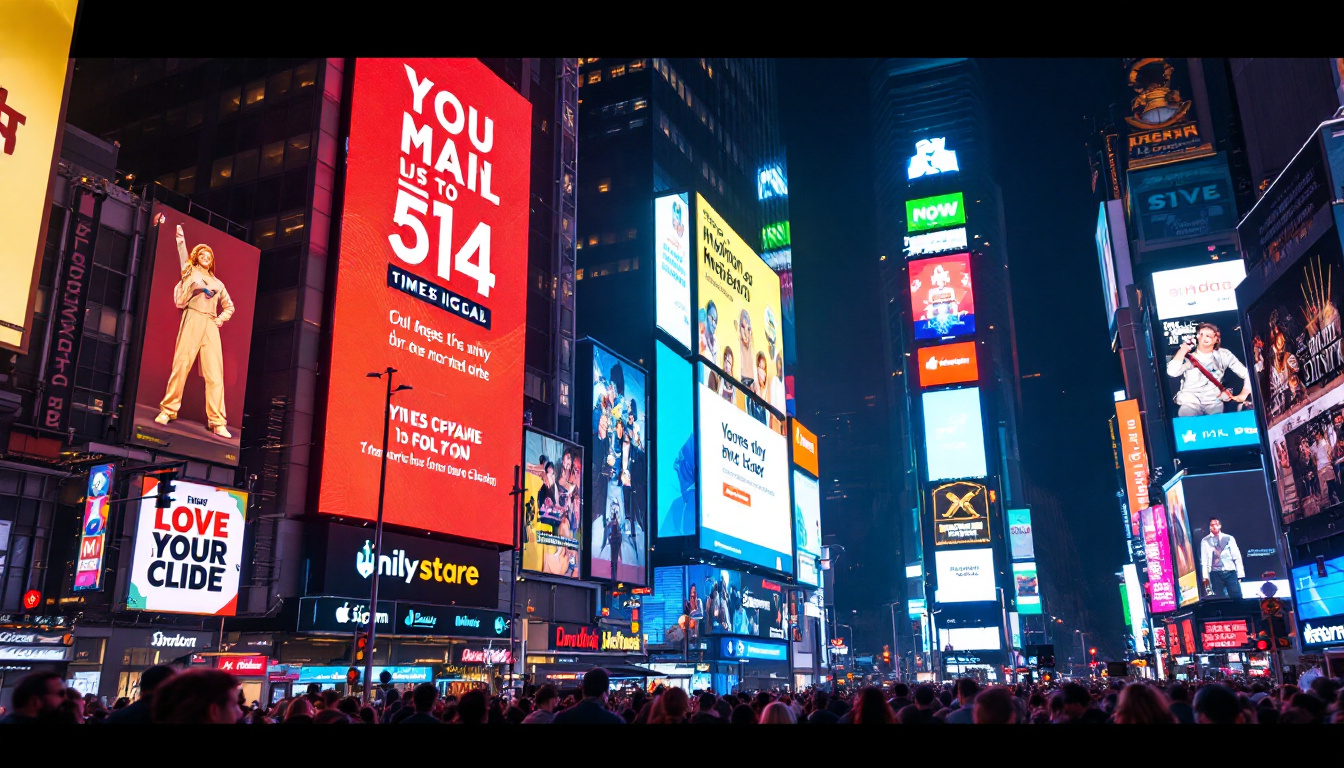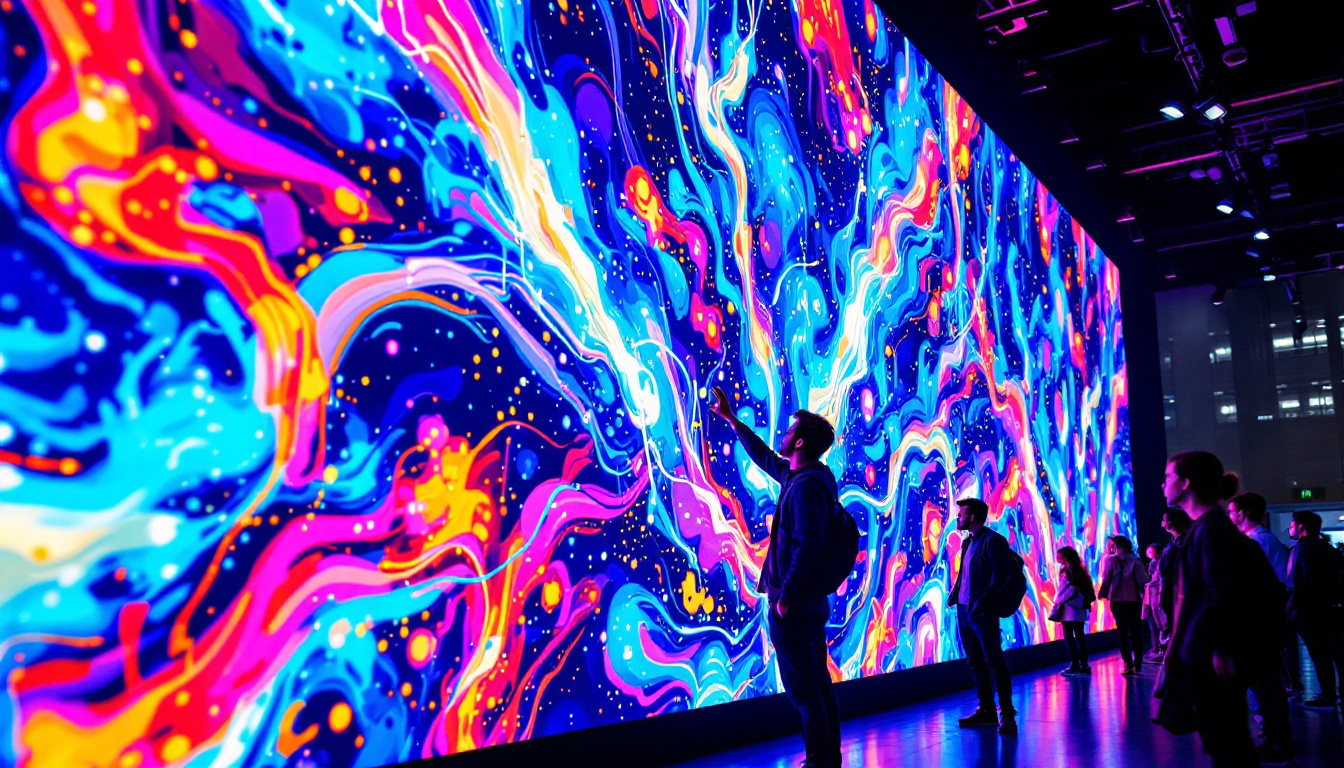In the world of display technology, the terms LCD and LED are often used interchangeably, leading to confusion among consumers. Understanding the differences, applications, and advancements in these technologies is crucial for making informed decisions. This article delves into the intricacies of LED displays, their relationship with LCD technology, and the role of manufacturers in this rapidly evolving industry.
Understanding LCD and LED Technologies
Liquid Crystal Display (LCD) technology has been a staple in the display industry for decades. It utilizes liquid crystals sandwiched between two layers of glass or plastic. When an electric current passes through the liquid crystals, they align to allow varying amounts of light to pass through, creating images. However, LCDs require a backlight to illuminate the display, which is where LED technology comes into play.
The Role of LEDs in LCDs
LEDs, or Light Emitting Diodes, are used as the backlighting source for LCD screens. This combination is often referred to as LED-LCD. The primary advantage of using LEDs for backlighting is their energy efficiency compared to traditional fluorescent lights. Additionally, LED backlighting allows for thinner displays and improved color accuracy. This advancement has not only enhanced the viewing experience but has also contributed to the overall design aesthetics of modern televisions and monitors, allowing them to blend seamlessly into various environments.
Types of LED Backlighting
There are two main types of LED backlighting: edge-lit and full-array. Edge-lit LED displays have LEDs placed along the edges of the screen, which allows for a slimmer profile but may result in uneven brightness. Full-array LED displays, on the other hand, have a grid of LEDs behind the entire screen, providing more uniform lighting and better contrast ratios. This technology also enables local dimming, where specific areas of the screen can be dimmed or brightened independently, enhancing the depth of blacks and the vibrancy of colors, particularly in high-definition content.
Moreover, advancements in LED technology have led to the development of Quantum Dot displays, which utilize a layer of quantum dots to improve color reproduction and brightness. These displays can achieve a wider color gamut, making them ideal for watching movies and playing video games where color accuracy is paramount. As consumers become more discerning about picture quality, manufacturers are increasingly incorporating these innovative technologies into their products, pushing the boundaries of what is possible in display technology.
Advantages of LED Displays
LED displays have gained popularity for various reasons, particularly in consumer electronics and commercial applications. Their advantages extend beyond just aesthetics; they also include performance enhancements that cater to diverse needs. As technology continues to evolve, LED displays are becoming increasingly versatile, adapting to a wide range of uses from home entertainment systems to large-scale advertising billboards.
Energy Efficiency
One of the most significant benefits of LED displays is their energy efficiency. Compared to traditional LCDs with fluorescent backlighting, LED displays consume less power, making them an environmentally friendly choice. This efficiency not only reduces electricity costs but also contributes to a lower carbon footprint. Moreover, the longevity of LED lights means that they require less frequent replacements, further minimizing waste and the environmental impact associated with manufacturing and disposal.
Improved Brightness and Contrast
LED technology allows for higher brightness levels and improved contrast ratios. This capability is particularly beneficial in brightly lit environments, where visibility can be a challenge. Enhanced contrast also leads to richer colors and a more immersive viewing experience, making LED displays ideal for everything from televisions to digital signage. Additionally, the ability to produce deep blacks and vibrant colors enhances the overall picture quality, making LED displays a preferred choice for professional applications such as graphic design and video editing, where color accuracy is paramount.
Versatility in Design
Another notable advantage of LED displays is their versatility in design. They can be manufactured in various shapes and sizes, allowing for innovative installations that can fit any space. From curved screens that wrap around walls to ultra-thin panels that blend seamlessly into modern interiors, LED technology enables designers to push the boundaries of conventional display formats. This adaptability is particularly advantageous in retail settings, where eye-catching displays can attract customers and enhance brand visibility. Furthermore, advancements in flexible LED technology are paving the way for displays that can be integrated into textiles and other materials, opening up new possibilities for interactive and engaging experiences.
Longevity and Durability
LED displays are renowned for their longevity and durability, often lasting tens of thousands of hours before any significant degradation in quality occurs. This extended lifespan not only translates to lower maintenance costs but also ensures that users can enjoy consistent performance over time. Unlike traditional displays that may suffer from issues like burn-in or screen flickering, LED technology is more resilient to wear and tear, making it suitable for high-traffic areas and demanding environments. This durability is especially important for outdoor displays, which must withstand varying weather conditions while maintaining optimal performance.
Applications of LED Displays
LED displays are versatile and can be found in various applications across different industries. From consumer electronics to large-scale advertising, their adaptability makes them a preferred choice for many manufacturers.
Consumer Electronics
In the realm of consumer electronics, LED displays are ubiquitous. They are commonly used in televisions, computer monitors, and smartphones. The demand for high-definition and ultra-high-definition displays has driven manufacturers to adopt LED technology, providing consumers with stunning visuals and vibrant colors. The shift towards OLED (Organic LED) displays has further enhanced the viewing experience, offering deeper blacks and improved contrast ratios, making them ideal for movie enthusiasts and gamers alike. Additionally, the energy efficiency of LED technology means that consumers can enjoy longer usage times without significantly increasing their electricity bills, making it an environmentally friendly choice.
Commercial and Industrial Use
Beyond consumer electronics, LED displays play a crucial role in commercial and industrial settings. Digital signage, for instance, utilizes LED technology to deliver dynamic advertisements and information in real-time. These displays can be found in retail stores, airports, and public transportation systems, enhancing communication and engagement with audiences. The ability to update content remotely and instantly allows businesses to tailor their messages based on time of day, audience demographics, or current promotions, maximizing their marketing impact. Moreover, LED displays are increasingly being integrated into smart city initiatives, where they serve as information hubs that provide real-time updates on traffic, weather, and public events, thereby improving urban living experiences.
Challenges Facing LED Display Manufacturers
Despite the numerous advantages of LED displays, manufacturers face several challenges in this competitive market. Addressing these issues is essential for sustaining growth and innovation.
Cost of Production
The production of LED displays can be costly, particularly for high-resolution models. The materials required, such as high-quality LEDs and advanced manufacturing processes, contribute to the overall expense. Manufacturers must balance quality with affordability to remain competitive while meeting consumer demands.
Technological Advancements
As technology evolves, so do consumer expectations. Manufacturers must continually invest in research and development to keep pace with advancements in display technology. Innovations such as OLED (Organic Light Emitting Diodes) and MicroLED are emerging as potential competitors to traditional LED displays, prompting manufacturers to explore new avenues for improvement.
The Future of LED Display Technology
The future of LED display technology looks promising, with ongoing advancements that aim to enhance performance and user experience. Emerging trends indicate a shift towards more sustainable and efficient manufacturing practices.
Sustainability Initiatives
As environmental concerns grow, manufacturers are increasingly focusing on sustainability. This includes using eco-friendly materials and processes that minimize waste. The development of recyclable LED displays is one such initiative that aims to reduce the environmental impact of discarded electronics.
Integration with Smart Technologies
Another trend is the integration of LED displays with smart technologies. As the Internet of Things (IoT) continues to expand, the demand for displays that can connect and interact with other devices is increasing. Smart LED displays can offer personalized content, real-time updates, and enhanced interactivity, further enriching the user experience.
Choosing the Right LED Display
When selecting an LED display, several factors should be considered to ensure the best choice for specific needs. Understanding these factors can help consumers make informed decisions.
Resolution and Size
Resolution is a critical aspect of any display. Higher resolutions provide sharper images and better detail, which is particularly important for applications such as gaming or graphic design. Additionally, the size of the display should be appropriate for the intended use, whether it’s a large screen for a conference room or a compact monitor for personal use.
Brightness and Contrast Levels
Brightness and contrast levels are also essential considerations. A display that performs well in various lighting conditions will enhance usability. For example, displays used in bright environments should have higher brightness ratings to ensure visibility without straining the eyes.
Conclusion
LED displays have revolutionized the way visual information is presented, offering numerous advantages over traditional technologies. Their energy efficiency, improved brightness, and versatility make them a preferred choice across various applications. However, manufacturers must navigate challenges such as production costs and technological advancements to remain competitive in this dynamic market.
As the industry continues to evolve, the future of LED display technology appears bright, with innovations aimed at sustainability and smart integration. For consumers and businesses alike, understanding the nuances of LED displays will be crucial in making informed choices that align with their needs and expectations.
Discover LumenMatrix’s Innovative LED Solutions
Ready to experience the future of display technology? LumenMatrix is at the forefront of LED innovation, offering a wide array of LED display modules tailored to your unique needs. Whether you’re looking to enhance brand visibility with an Indoor LED Wall Display, captivate passersby with an Outdoor LED Wall Display, or create dynamic visual experiences with our Custom LED Display options, LumenMatrix has the solution. Elevate your visual communication and engage your audience like never before. Check out LumenMatrix LED Display Solutions today and see the difference for yourself.

